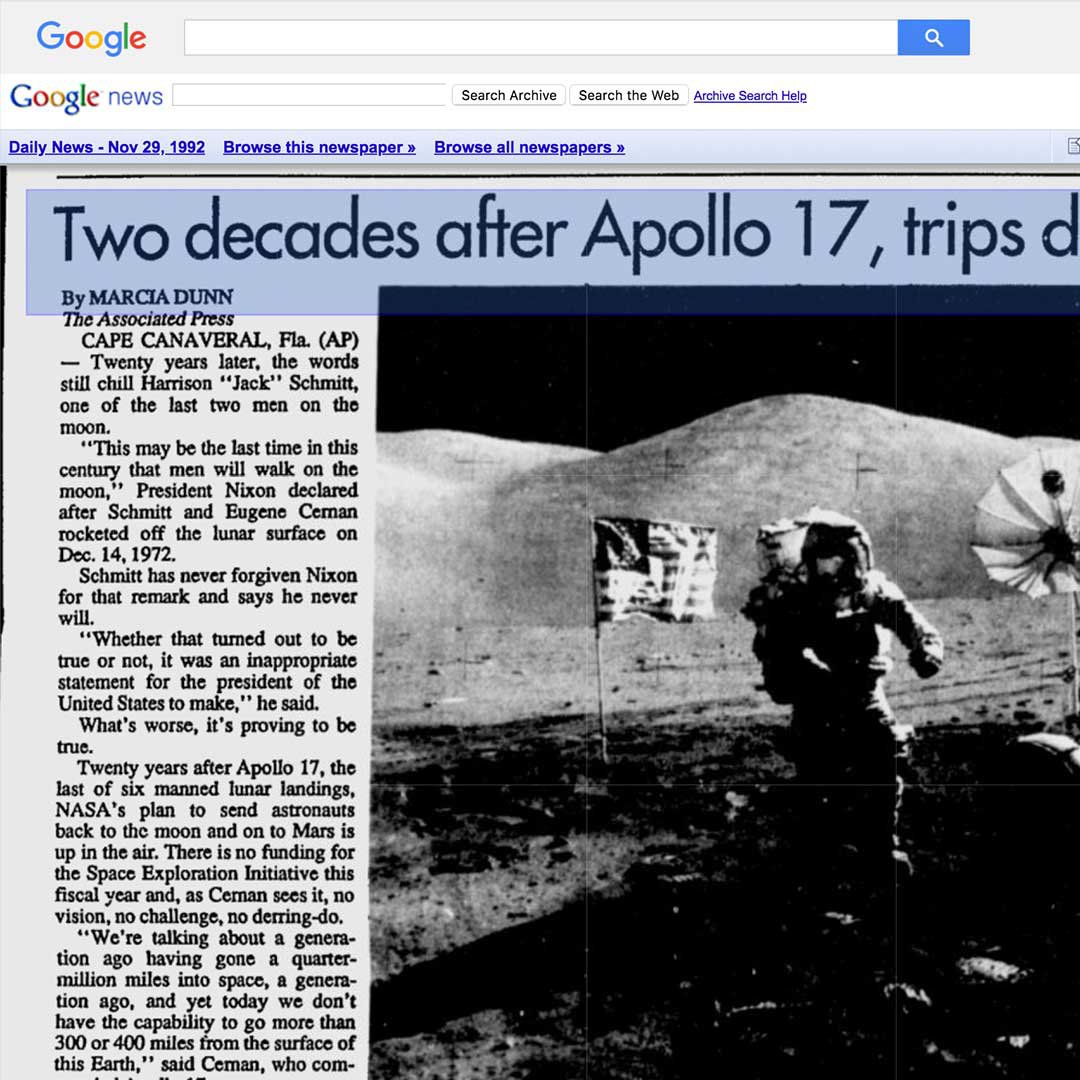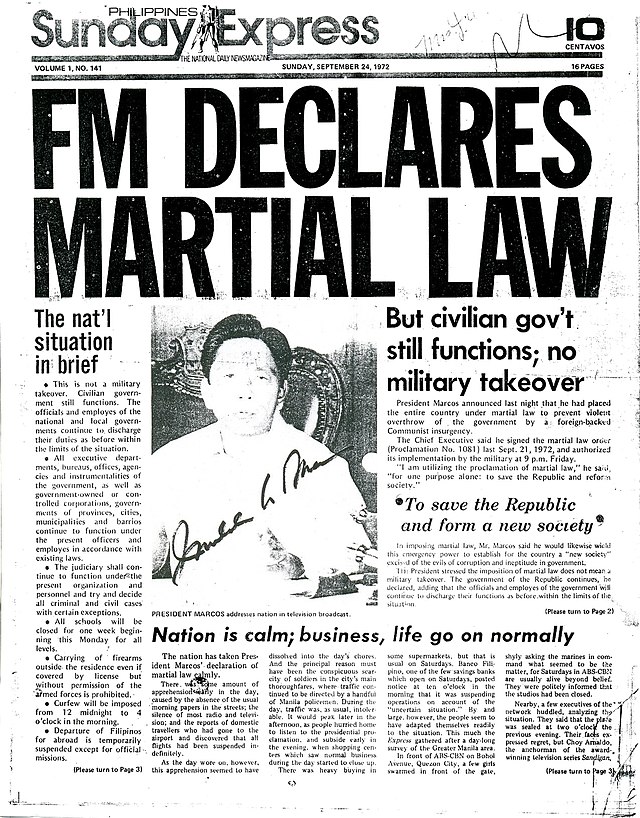The News Articles Ideas
The News Articles Ideas
Blog Article
Getting My News Articles To Work
Table of ContentsThe News Articles PDFsNot known Facts About News ArticlesIndicators on News Articles You Should KnowUnknown Facts About News ArticlesSome Known Incorrect Statements About News Articles
Excellent expertise of various subjects gives students an affordable edge over their peers. Despite the fact that electronic and social media sites are readily obtainable, we should not forget just how essential it is to check out the papers. Parents need to try and inculcate the habit of reading a newspaper as a daily routine to continue the tradition of the adored print tool.Information stories also consist of at the very least among the adhering to essential attributes loved one to the desired audience: proximity, prominence, timeliness, human interest, anomaly, or consequence. The related term journalese is occasionally made use of, typically pejoratively, to refer to news-style writing. Another is headlinese. Newspapers usually abide by an expository writing style.
Within these limits, information stories likewise intend to be thorough. Among the larger and extra revered papers, justness and equilibrium is a significant factor in offering info.
Newspapers with a global target market, as an example, often tend to make use of an extra official design of composing. The certain choices made by an information outlet's editor or editorial board are often accumulated in a design guide; common design guides consist of the and the US Information Design Publication. The main objectives of news writing can be summed up by the ABCs of journalism: accuracy, brevity, and quality.
The Buzz on News Articles
As a policy, reporters will certainly not utilize a long word when a brief one will certainly do. Information writers attempt to prevent utilizing the same word more than when in a paragraph (often called an "echo" or "word mirror").
Headings in some cases omit the subject (e.g., "Jumps From Boat, Catches in Wheel") or verb (e.g., "Cat female fortunate"). A subhead (likewise subhed, sub-headline, subheading, caption, deck or dek) can be either a subordinate title under the major heading, or the heading of a subsection of the post. It is a heading that precedes the main message, or a team of paragraphs of the major text.

Extra billboards of any of these kinds may show up later on in the short article (specifically on subsequent pages) to lure further analysis. Such signboards are likewise made use of as tips to the article in various other areas of the publication or website, or as advertisements navigate here for the item in other publication or sites. Regular structure with title, lead paragraph (recap why not look here in vibrant), other paragraphs (information) and call info.

Example of a hard-lead paragraph NASA is proposing another space task. The firm's budget request, announced today, included a plan to send out an additional goal to the Moon. This time around the agency wishes to develop a long-term center as a jumping-off place for other room experiences. The budget requests roughly $10 billion for the job.
An "off-lead" is the 2nd most essential front web page information of the day. To "bury the lead" is to begin the post with background info or information of second significance to the visitors, requiring them to review our website more deeply into a write-up than they should have to in order to find the necessary factors.
Unknown Facts About News Articles
Common usage is that or more sentences each create their own paragraph. Reporters typically describe the company or structure of an information story as an upside down pyramid. The essential and most fascinating aspects of a story are placed at the start, with sustaining information complying with in order of diminishing significance.
It permits individuals to explore a subject to only the depth that their curiosity takes them, and without the charge of information or nuances that they could consider unnecessary, yet still making that info offered to much more interested visitors. The upside down pyramid structure also allows posts to be trimmed to any kind of arbitrary length throughout format, to fit in the area offered.
Some writers begin their stories with the "1-2-3 lead", yet there are several kinds of lead offered. A kicker can refer to multiple points: The last story in the information program; a "pleased" tale to finish the show.
Longer posts, such as magazine cover articles and the pieces that lead the inside areas of a newspaper, are called. Feature tales vary from straight information in several methods. Foremost is the lack of a straight-news lead, the majority of the moment. Instead of offering the essence of a story in advance, feature authors may try to tempt readers in.
The Ultimate Guide To News Articles
The journalist usually details interactions with interview subjects, making the piece extra personal. A feature's first paragraphs typically associate an appealing minute or occasion, as in an "unscientific lead". From the details of an individual or episode, its sight quickly broadens to abstract principles about the story's subject. The area that signifies what a function has to do with is called the or billboard.

The Editor's Tool kit: A Recommendation Overview for Beginners and Professionals (2001) Allan M. Siegal and William G. Connolly. The New York City Times Handbook of Style and Usage: The Official Design Guide Utilized by the Writers and Editors of the World's The majority of Authoritative Newspaper (2002) M. L. Stein, Susan Paterno, and R.
Report this page